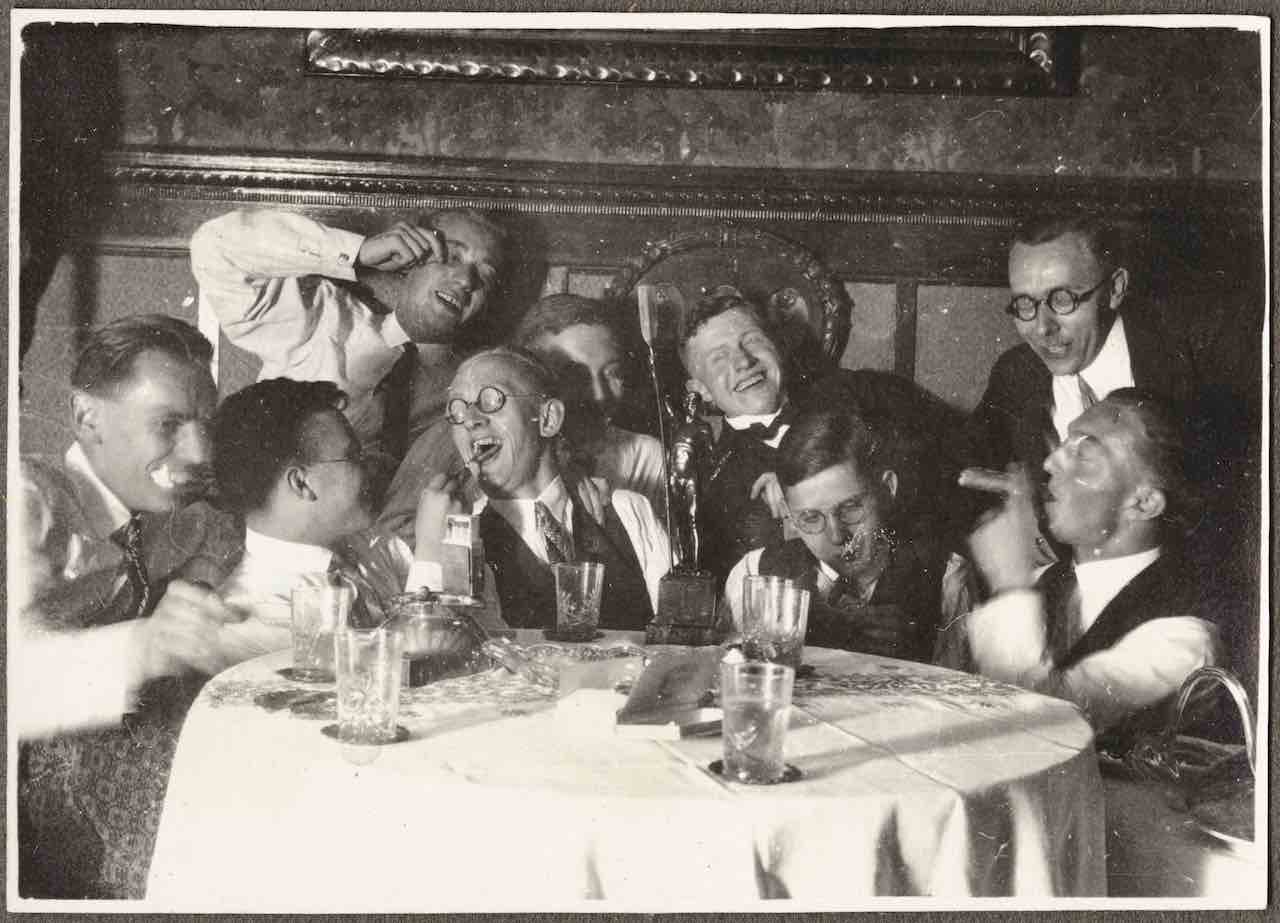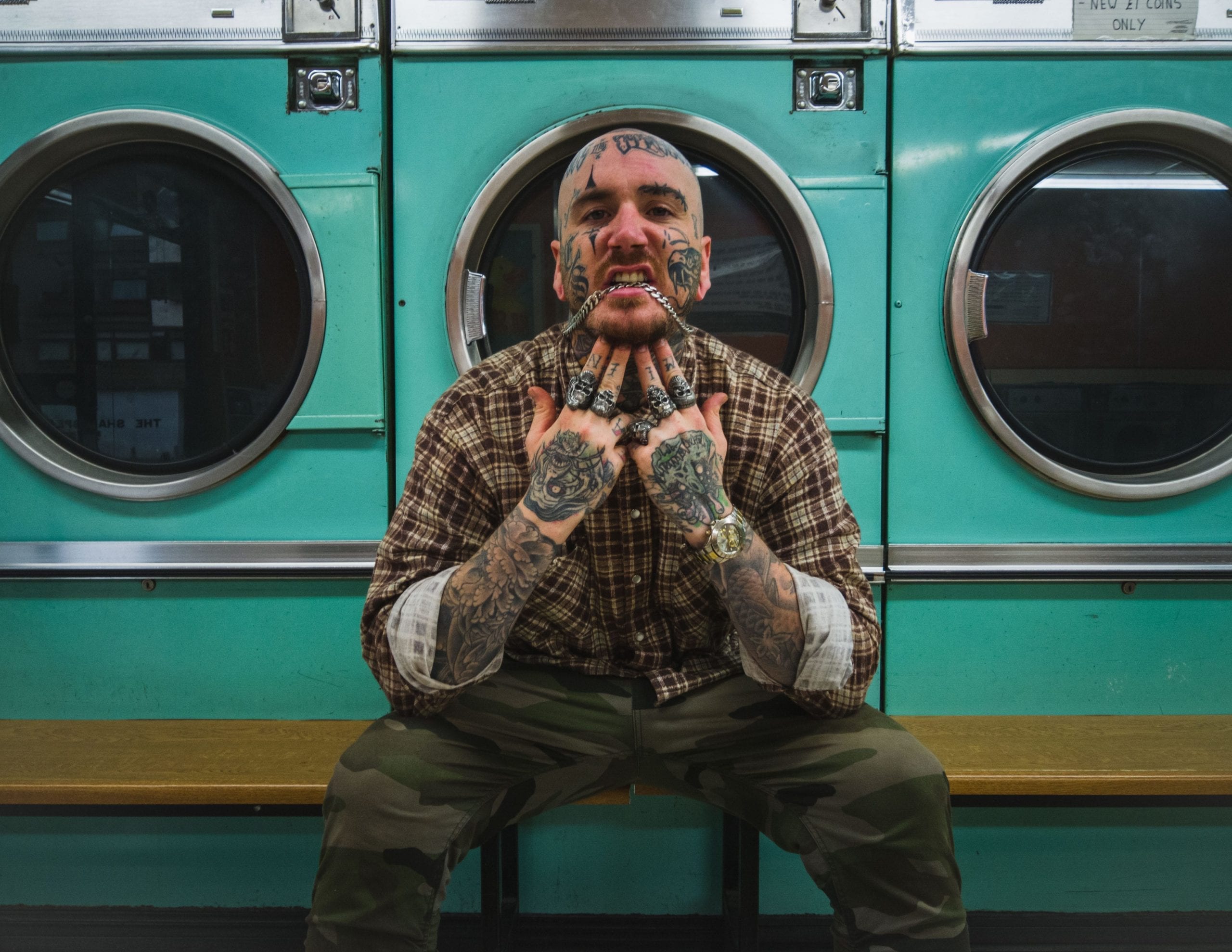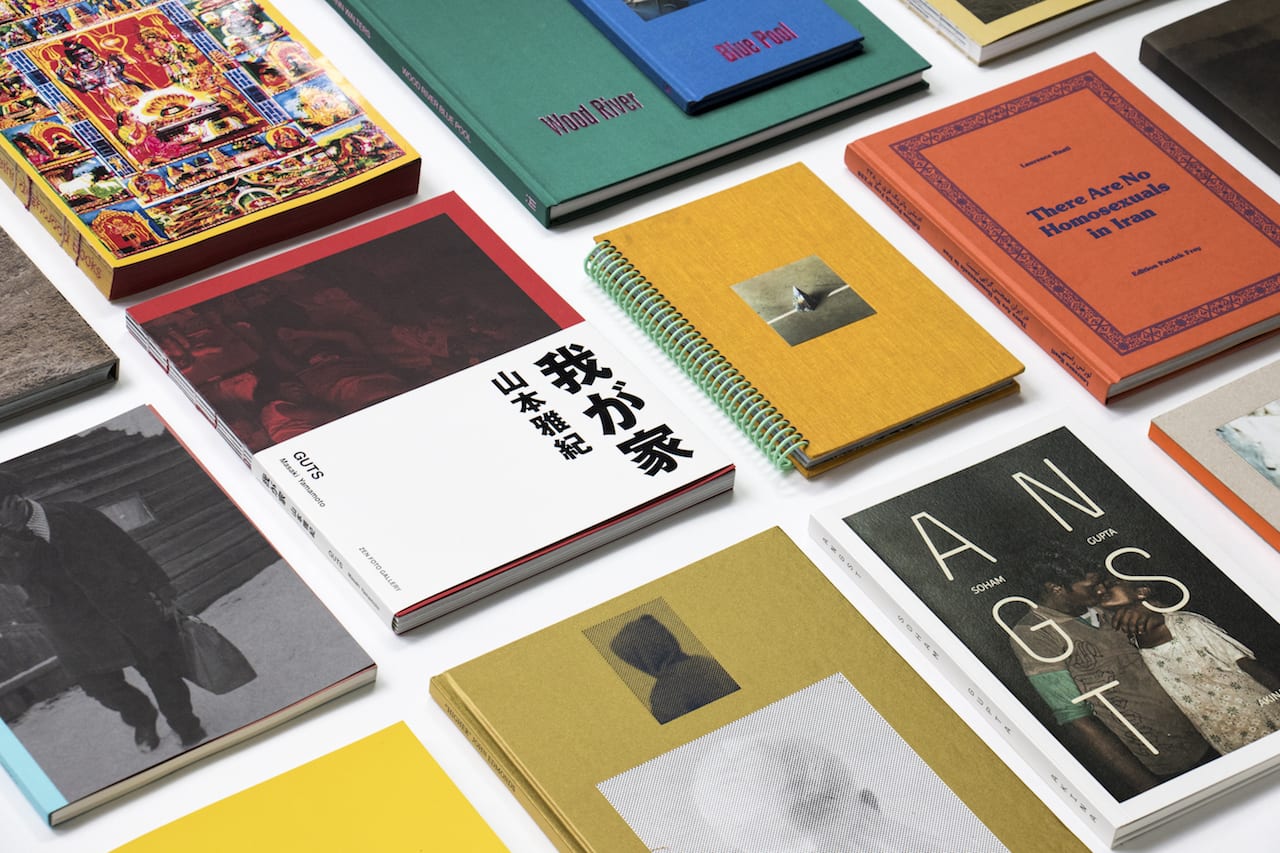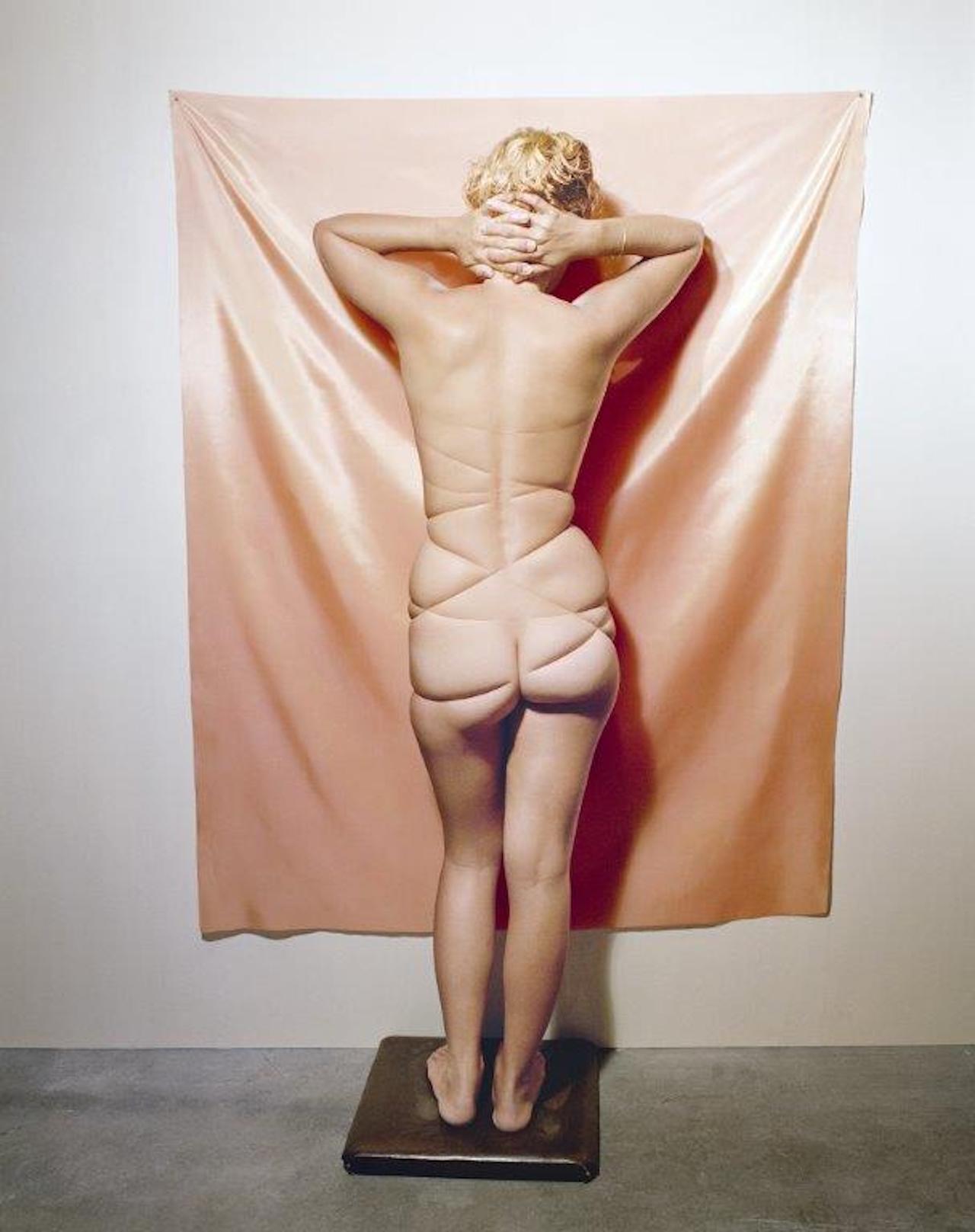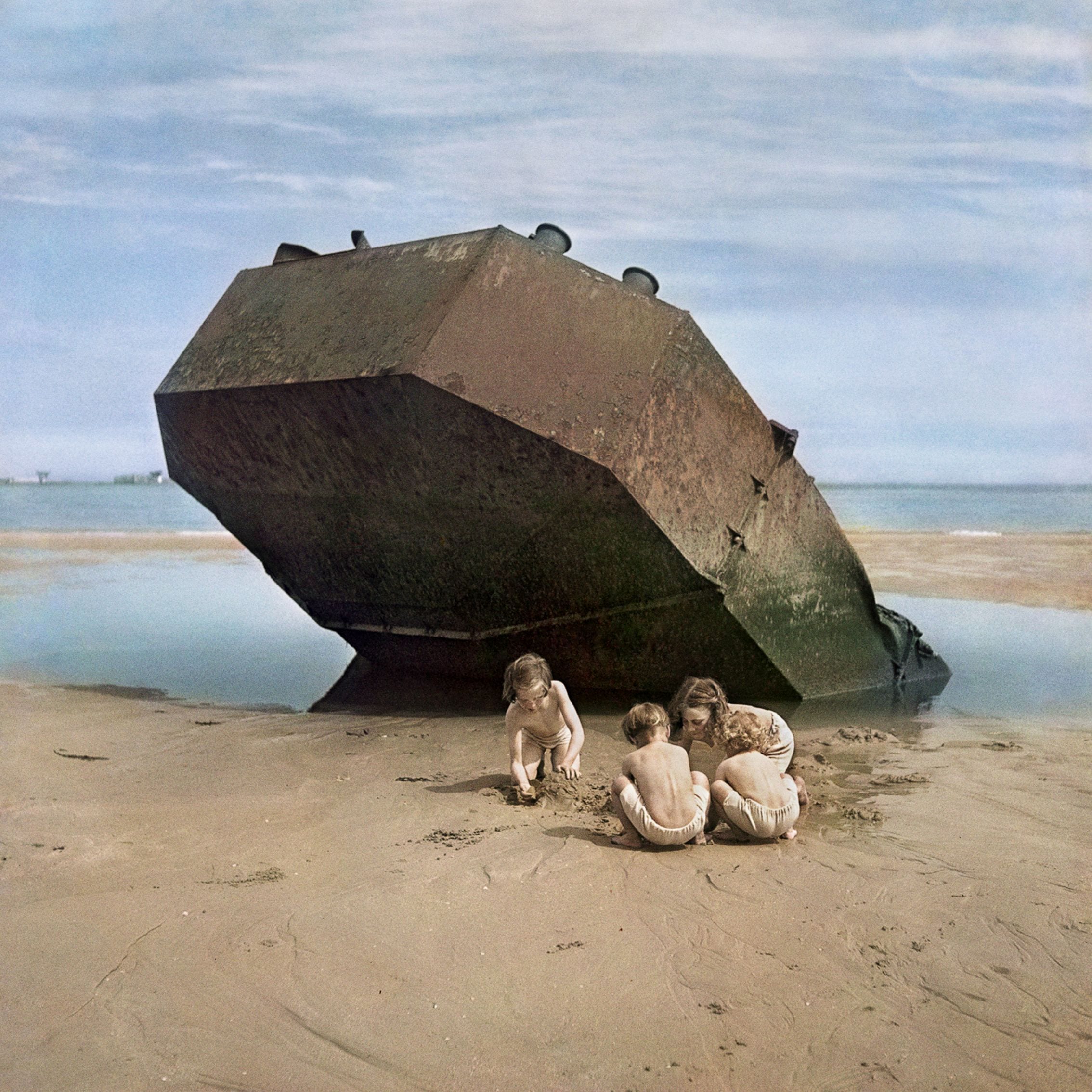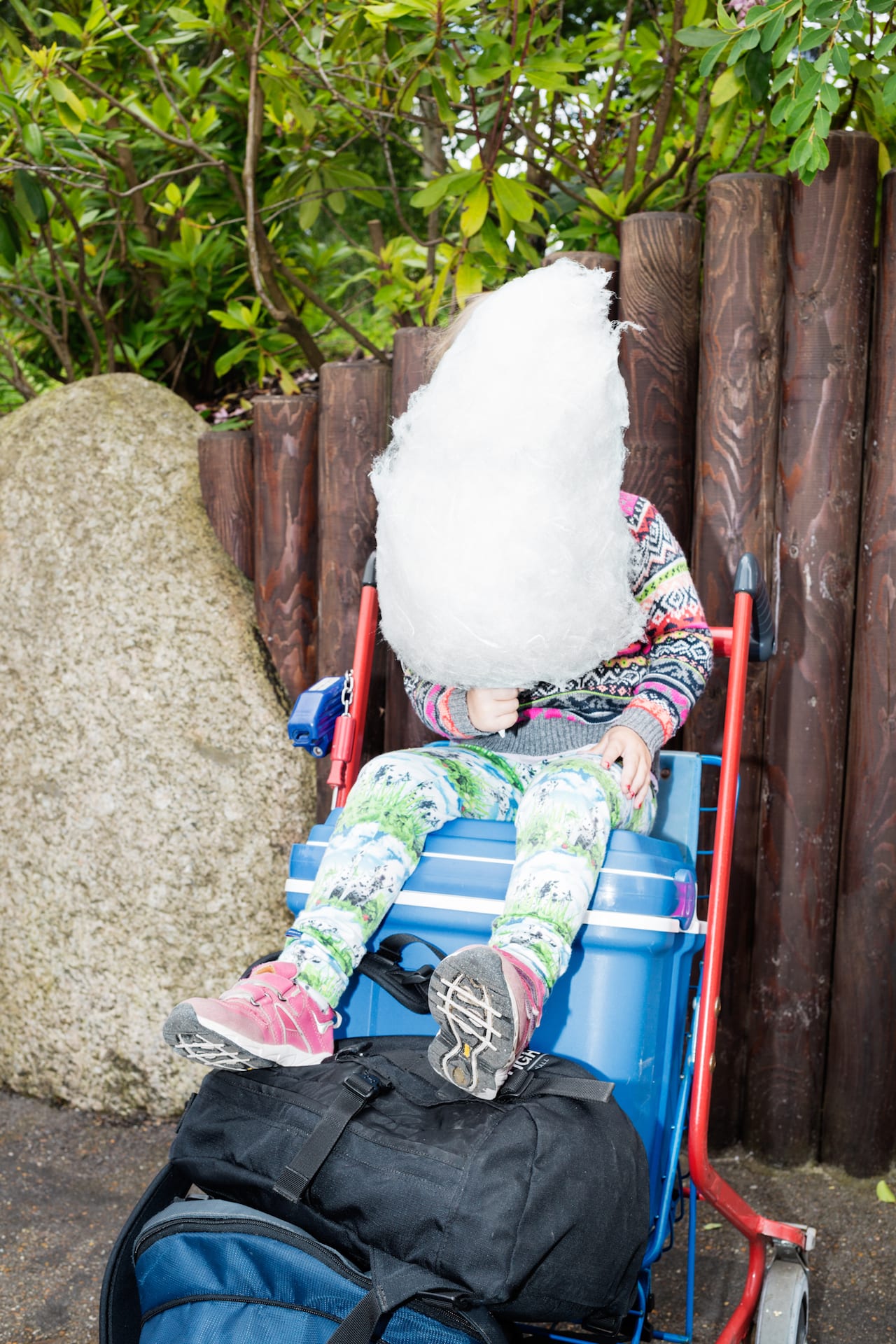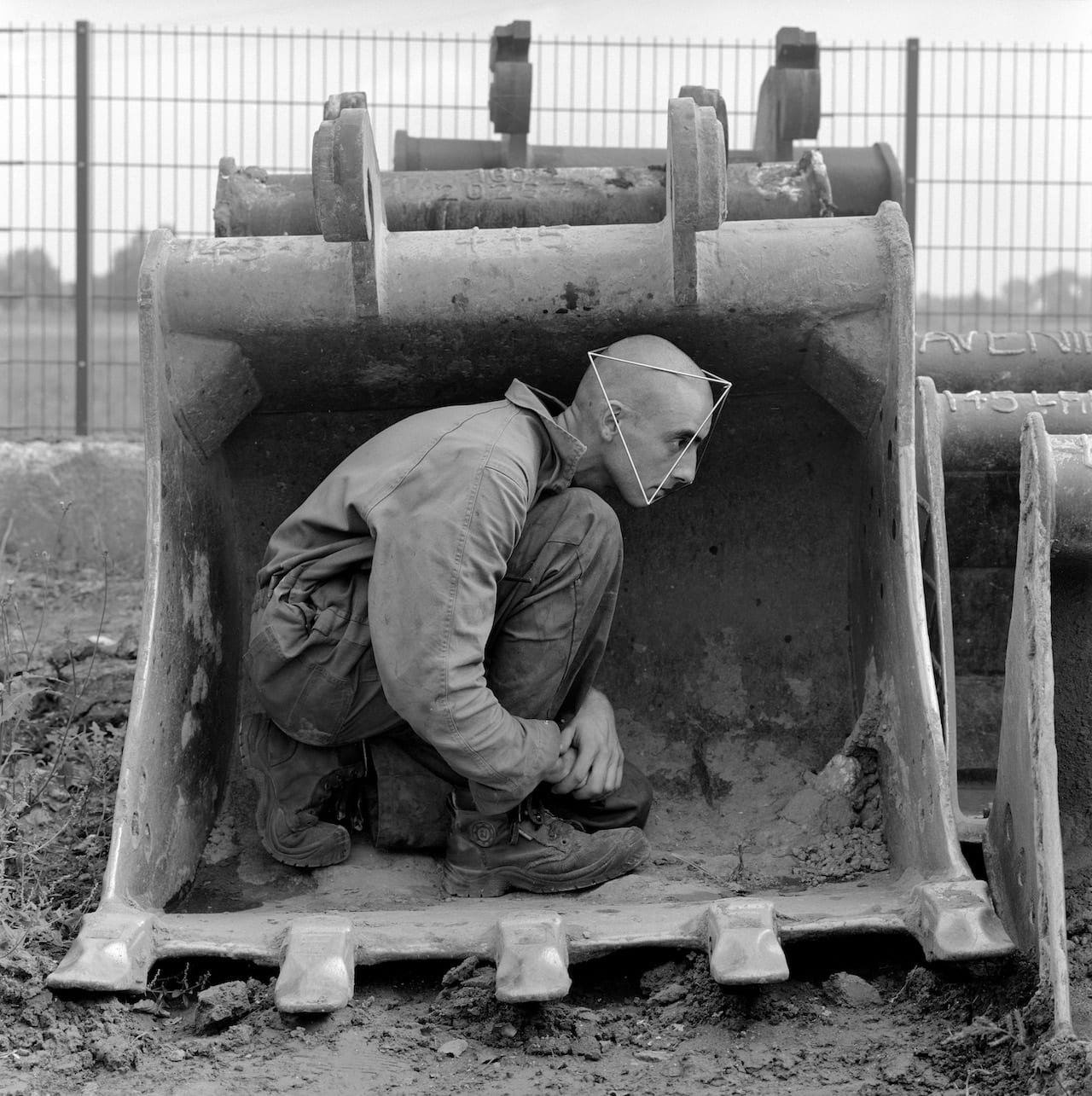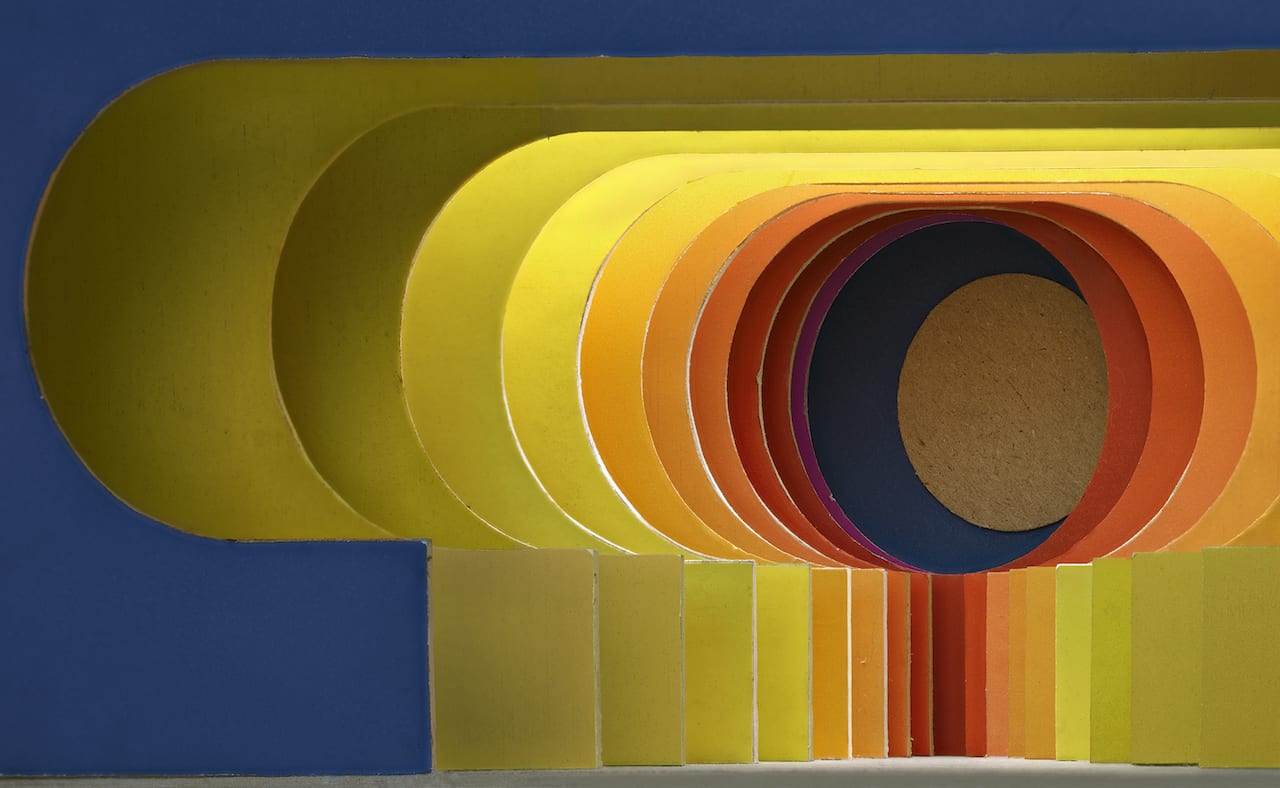In 1919, a year after the end of World War One and the start of the Weimar Republic in Germany, $1 was worth 48 Marks. By early 1922, $1 bought 320 Marks; by late 1922, $1 bought 7,400 Marks. By 1923, $1 bought 4,210,500,000,000 Marks. “Lingering at shop windows was a luxury because shopping had to be done immediately,” said the artist George Grosz at the height of this hyperinflation.
“Even an additional minute could mean an increase in price. One had to buy quickly. A rabbit, for example, might cost two million marks more by the time it took you to walk into the store. The packages of money needed to buy the smallest item had long since become too heavy for trouser pockets. I used a knapsack.”

